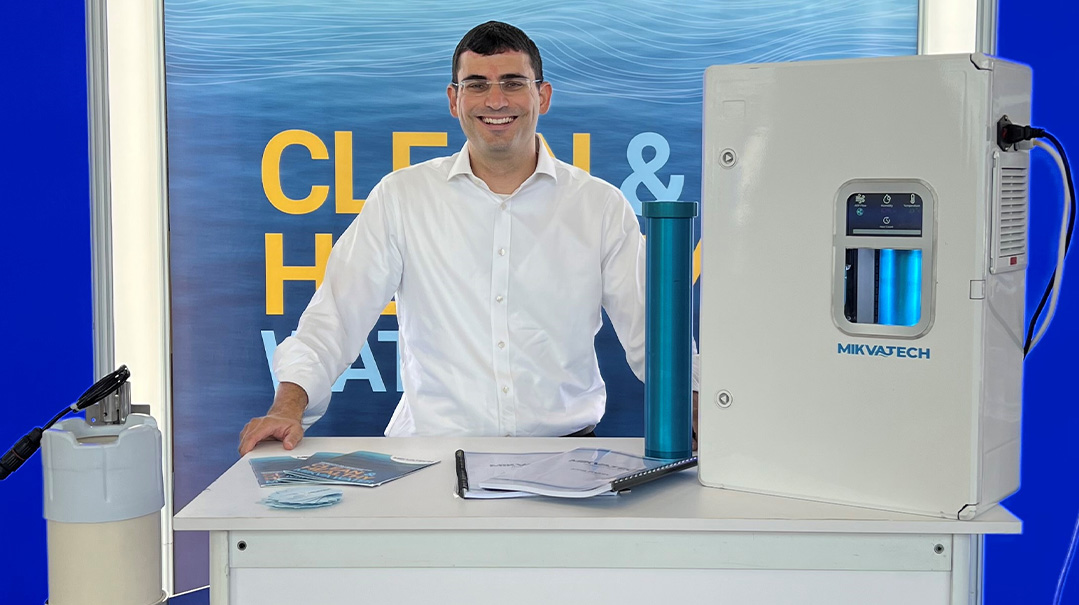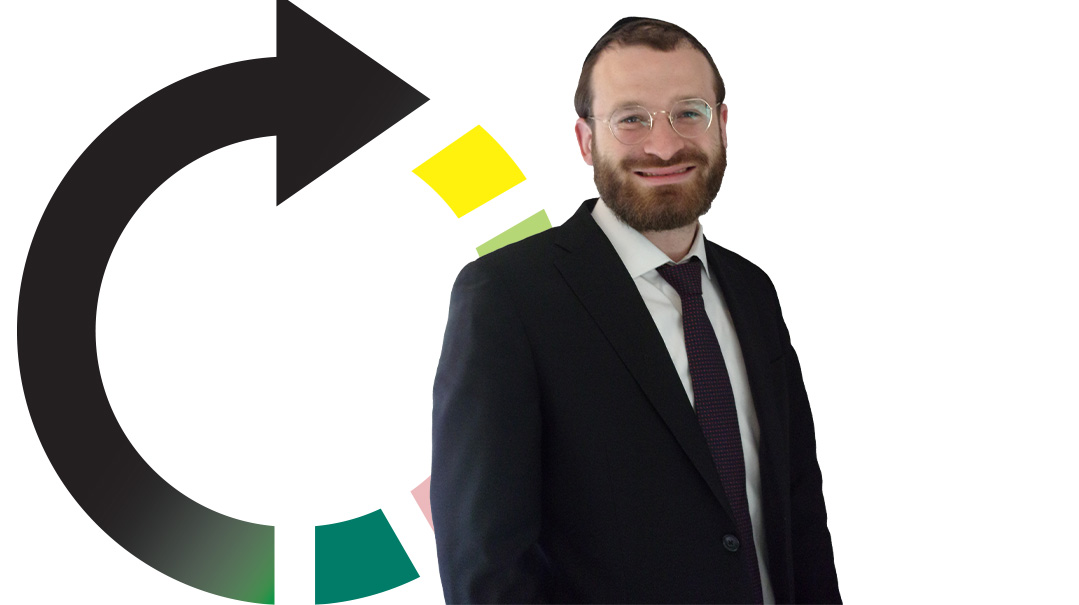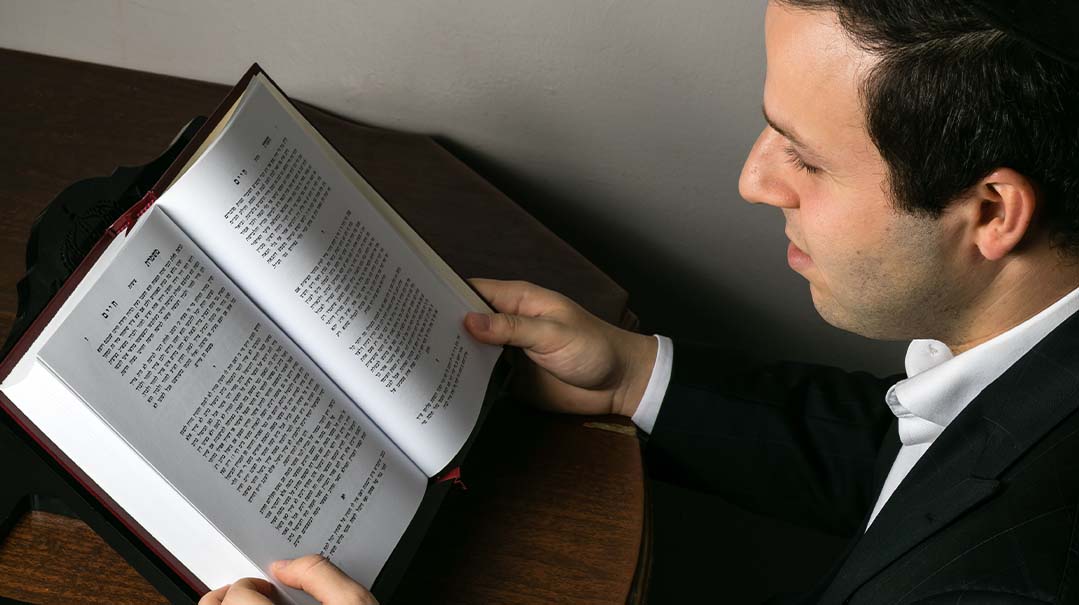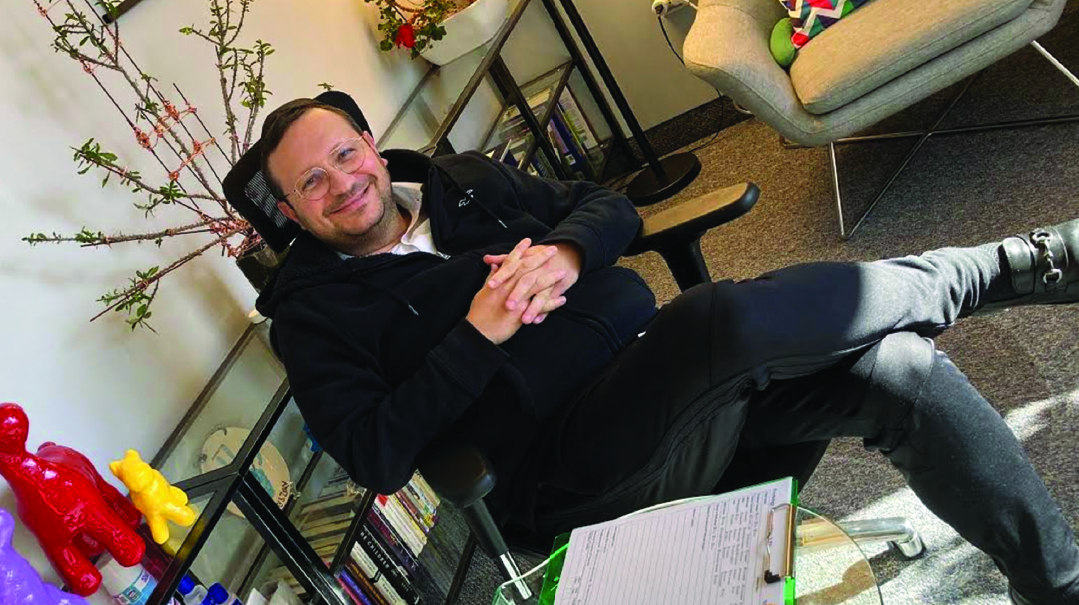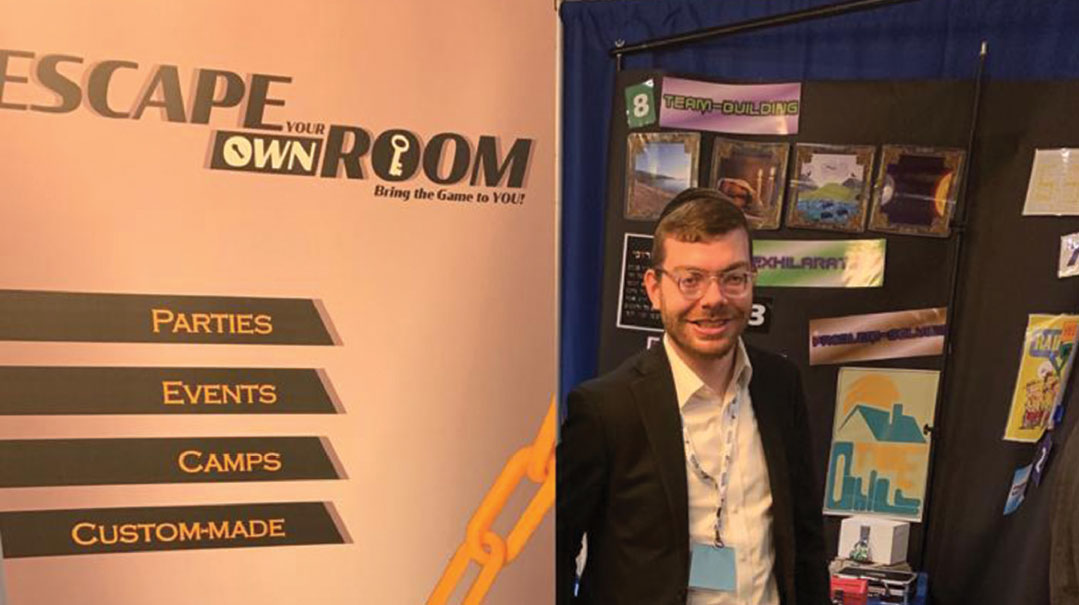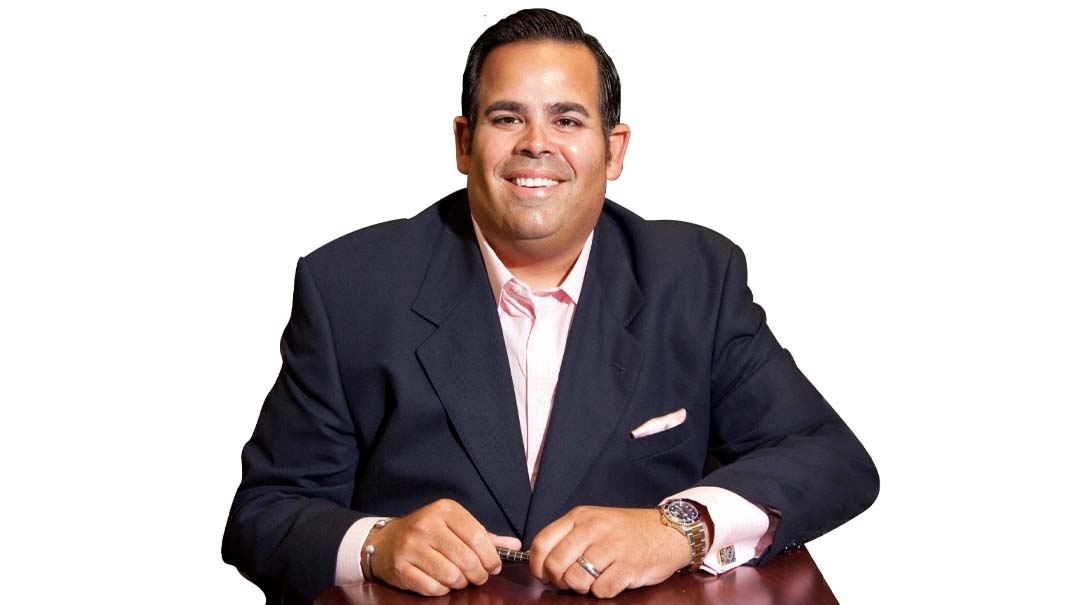Set It and Forget It

Can your smart home tech master halachah, too?

Efraim Vaynman is the founder of Automated Abode, a home automation company. He lives in Passaic, New Jersey
What I do
I am a home automation specialist. My company, Automated Abode, specializes in systems integration — I’ve been at it for three and a half years.
What that means
I install, program, and support the technology found in homes — smart lights, smart thermostats, audio visual equipment, networking, security systems, and more. Smart homes are homes that — you guessed it! — make use of smart devices. And smart devices are devices you can control from a phone or computer or from the cloud. This control gives devices flexibility in the scope or extent of their operation. Take a smart light for example: You can control it from something other than the actual light switch, say your phone or voice assistant, and with those external controls, you can set the light on a schedule, change color, dim it, and more. Now imagine this kind of flexibility for all kinds of different devices in your home: cameras, thermostats, locks. What I do is integrate these systems so they interact with each other and can be controlled centrally from your phone or computer.
How I got started
I was always technically inclined — I was learning coding at age ten. When my wife Dvorah and I bought our first home in 2016, I began tinkering with smart home devices. At the time, I was working as a systems administrator, automating business and administrative processes for my employer. It was a great introduction to the tech field, but I’d always wanted to do something that allowed for more creativity and leeway and growth. Meanwhile, I was playing around with smart devices at home, and we quickly realized this tinkering had enormous potential. Smart home products were more affordable, demand was rapidly increasing, and demand in the frum community was particularly high because smart home devices make it easy to incorporate Shabbos and Yom Tov schedules into your home systems and appliances. Here was an opportunity — to automate private residential systems, providing people with smart home integration. So one day, I told my wife that I thought it was time to quit my job and launch my own business. We took the leap, and Automated Abode is now a full-time job — and then some!
Oops! We could not locate your form.
